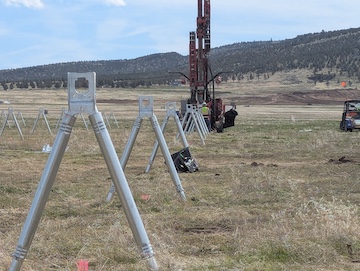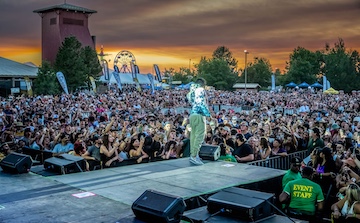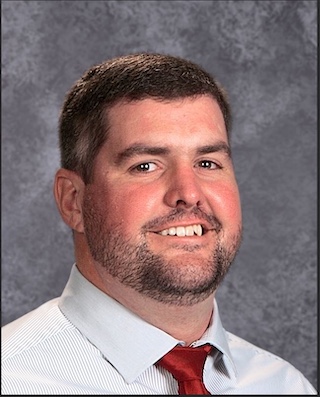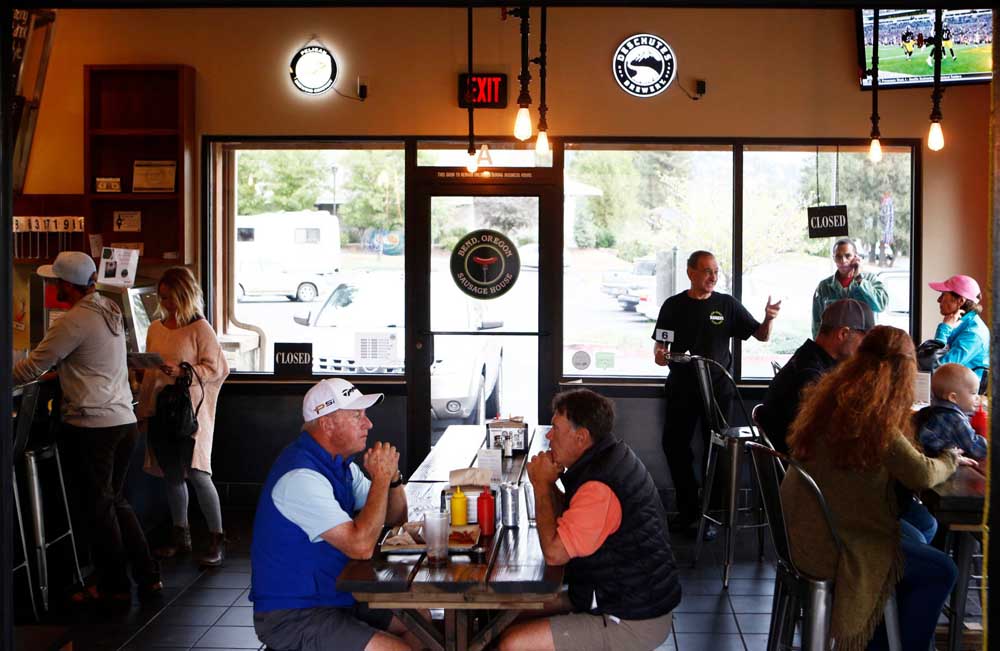Fire agencies take turns with live fire training in abandoned Redmond home
Published 1:54 pm Monday, November 6, 2023
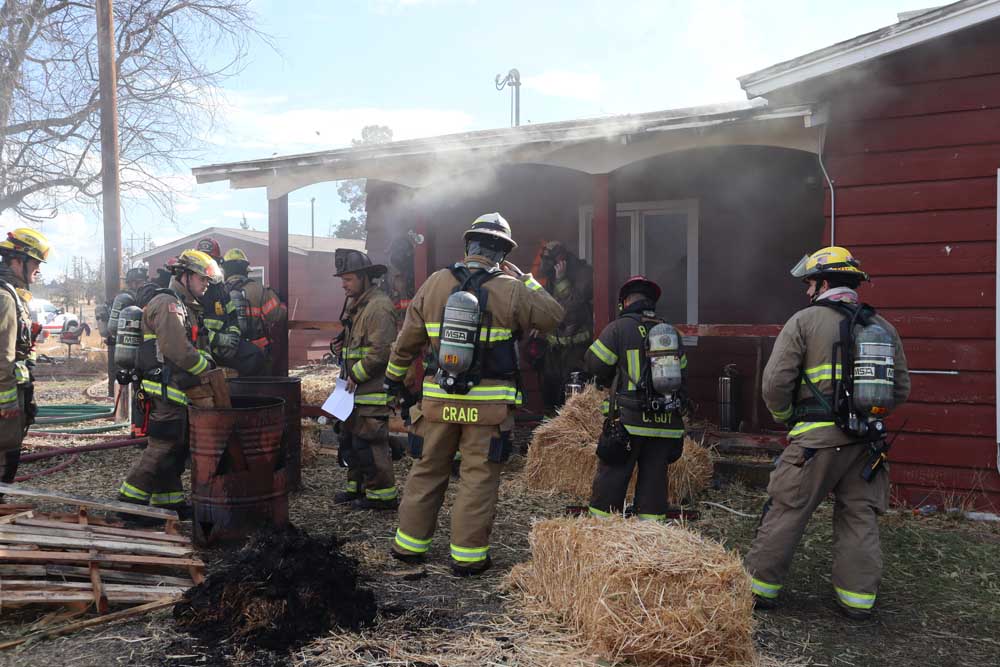
- Fire crews from multiple fire agencies in Central Oregon utilized a house at 4250 SW Obsidian Avenue in Redmond for live fire training on Nov. 6.
About 30 firefighters from multiple Central Oregon fire agencies participated in live fire training on Nov. 6 at a house in Redmond.
The house was donated to Redmond Fire & Rescue by a residential developer, and the training included crews from Redmond Fire & Rescue, Bend Fire & Rescue, Black Butte Ranch Fire Department, Sisters/Camp Sherman Fire District and others.
The plan was to allow the house on 4250 SW Obsidian Avenue to become completely engulfed in flames, but winds in the area proved too strong to do that safely said Tom Mooney, Redmond’s fire marshal.
Mooney said the fire department regularly gets calls about donating structures to the fire department for training purposes, however, those structures must meet certain guidelines to ensure firefighter safety.
“Today we are fortunate to do a live fire training inside of a structure, a house. So, what we are doing is what we call VES — vent, enter and search,” Mooney said. “We are going to learn how to properly ventilate the structure to get smoke out, and then we are learning how to properly enter the structure and then searching for any victims inside.”
Mooney said live fire training allows firefighters to develop their skills so they are adequately prepared for a fire in real life.
“It is second nature. You fall back on your training,” said Mooney.
Garrett Robertson, a firefighter and live fire instructor with Redmond Fire & Rescue, has been training his fellow firefighters for the past two years. He has spent about a decade working in Redmond, he said.
Robertson said to create realistic conditions inside the training structure, firefighters will place wooden pallets and a full bale of straw and set it on fire. They will also burn a barrel full of wet straw inside the house to create smoky conditions, and place mannequins inside to simulate victims.
“The smoke conditions inside are about 1 foot visibility. You are listening for the fire, you are trying to hear the crackle. And then once you make it back to the burn room, it is fire probably 20 feet down the hallway,” Robertson said. “On one of our smaller fires today it was 1,300 degrees at the ceiling. And that was a small one.”
Robertson said real structure fires tend to be far worse than the live fire trainings because in real life, there will be couches and beds and other furniture burning, making the environment extremely hot and smoky. Robertson said a single sofa on fire releases around as much heat as the pallets and bale of straw used during the training. Despite the difference, the training is essential to keep firefighters ready for the real thing.
“It is important because not all training can replicate live fire training. You don’t have the heat, you don’t have the zero visibility, and you don’t have that threat of an actual fire in smoke machine training,” Robertson said. “This makes people comfortable with fire so when they roll up on a structure fire they feel confident going inside.”


